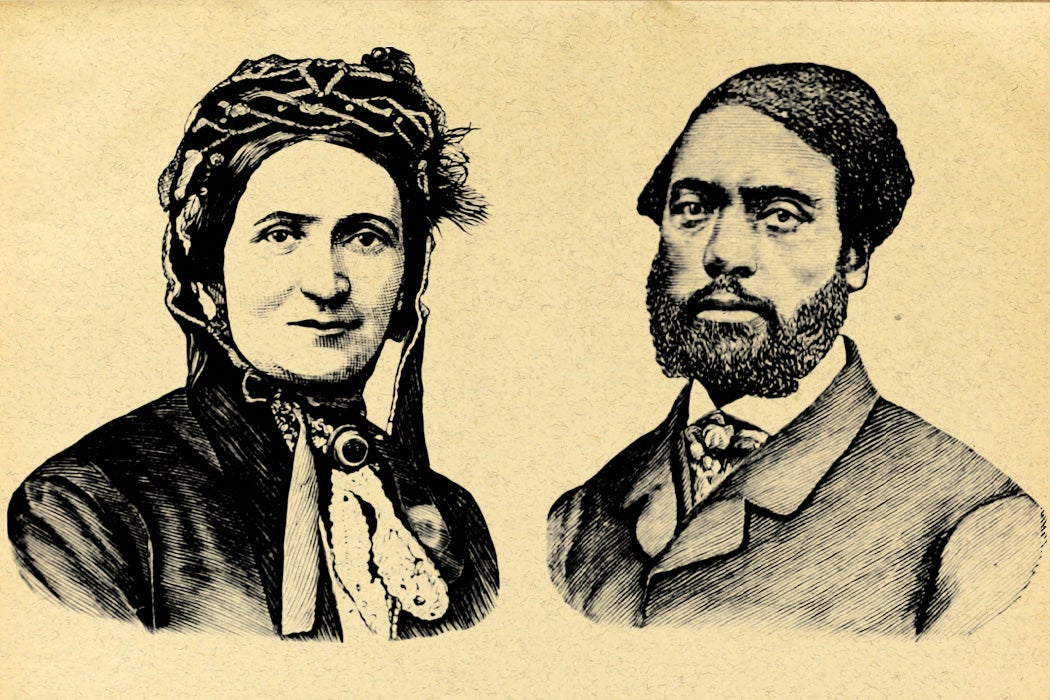Dutch Children of African American Liberators: Race, Military Policy and Identity in World War II and BeyondPosted in Books, Europe, History, Monographs, United States on 2020-10-11 02:24Z by Steven |
McFarland
October 2020
50 photos, appendices, notes, bibliography, index
6×9
Softcover ISBN: 978-1-4766-7693-7
eBook ISBN: 978-1-4766-4114-0
Mieke Kirkels and Chris Dickon
In the Netherlands, a small group of biracial citizens has entered its eighth decade of lives that have been often puzzling and difficult, but which offer a unique insight into the history of race relations in America. Though their African American fathers had brought liberation from Nazi tyranny at the end of World War II, they had arrived in a segregated American military that derived from a racially divisive American society. Decades later, some of their children could finally know of a father’s identity and the life he had led after the war. Just one would be able to find an embrace in his arms, and just one to visit her father’s American grave after 73 years. But they could now understand their own Dutch lives in the context of their fathers’ lives in America. This book relates their experiences, offering fresh insight into the history of American race relations.






:format(webp)/cdn.vox-cdn.com/uploads/chorus_image/image/67204490/Book_Announcement_Template.0.jpg)
